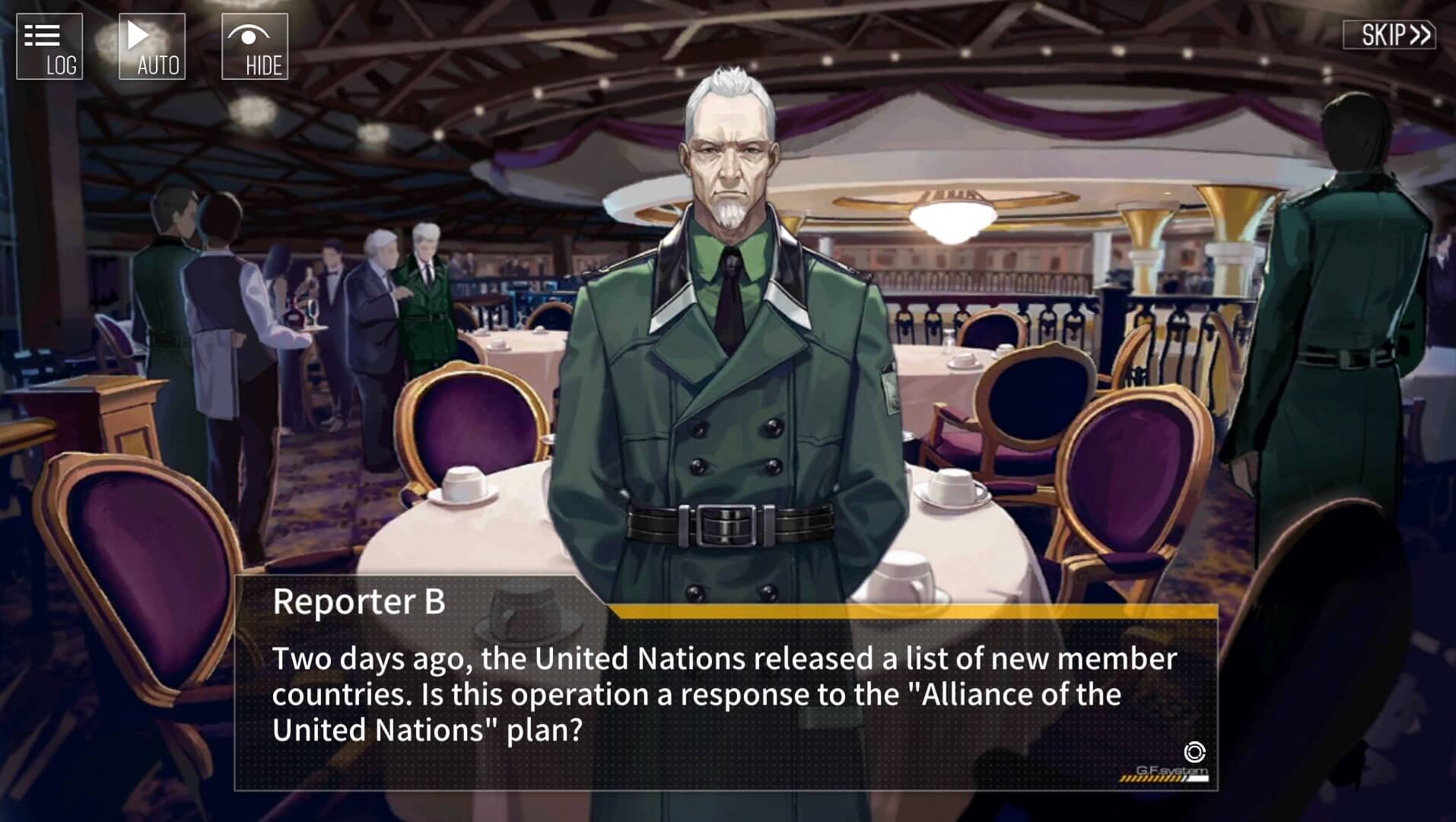Operation Sparkplug 2032
In 2032, the last contingents of the Russian Federation loyalists continued their resistance against the rising New Soviet government. During a final effort to win the war, the White Army planned to enter the OKB-413 facility near the city of Minsk. The facility was built on top of a relic specifically to develop the Pike weapon contained there. After the Relic Arms Treaty and the Geneva Gazette, all Pikes were sealed away in multiple OKB facilities throughout the USSR. If the rebels could obtain such a weapon, Pandora’s Box would be reopened, and the devastation would be untold. Upon learning of the White Army’s plans, the Soviets rapidly mobilized troops to put an end to it. The price of activating the Pikes once more was far too great a danger to ignore.
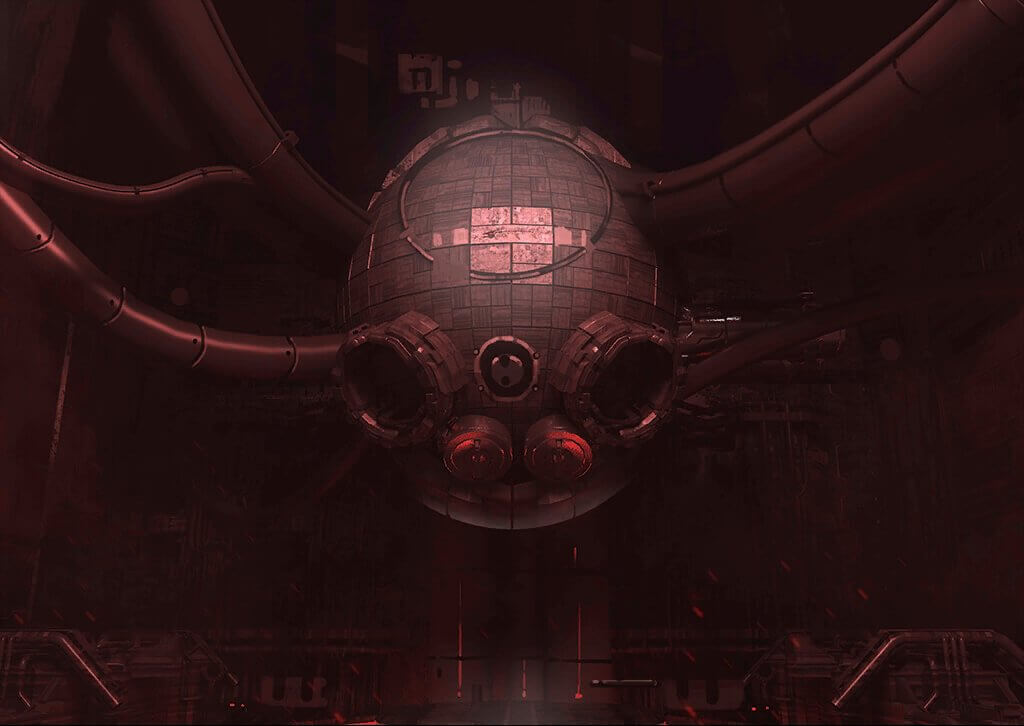
During Operation Sparkplug, two teams of soldiers were formed to stop the rebels and disarm the Pike. The first team, led by Carter Neustadt, was tasked with breaching and eliminating the rebels from the facility. Once the facility had been secured, a team of engineers, led by Havier Witkin, moved in to deactivate the Pike. When the rebels within the facility knew that they were going to fail, they attempted to overload the Pike system, which could have led to a significant explosion. The attempted overload caused the relic system to be momentarily activated.
In Havier’s own words, the activation “was more like an ignition.” During that brief moment, the relic contained below OKB-413 emitted a high-energy signal in response to the ignition. According to Havier, the signal was so strong it would’ve seemed like the relic detonated if you only looked at the site’s instruments. As the signal was being emitted, Carter’s team captured the control room, and Havier’s team moved immediately to shut down the Pike. With the weapon deactivated and its cables severed, the Pike’s OGAS system was rendered inoperable. Despite the success of the mission, the events in those final moments would never be forgotten by both Havier and Carter.

The Tabasar-B "Starfish" relic installation after a partial activation by OGAS.
IOP CEO Havier Witkin
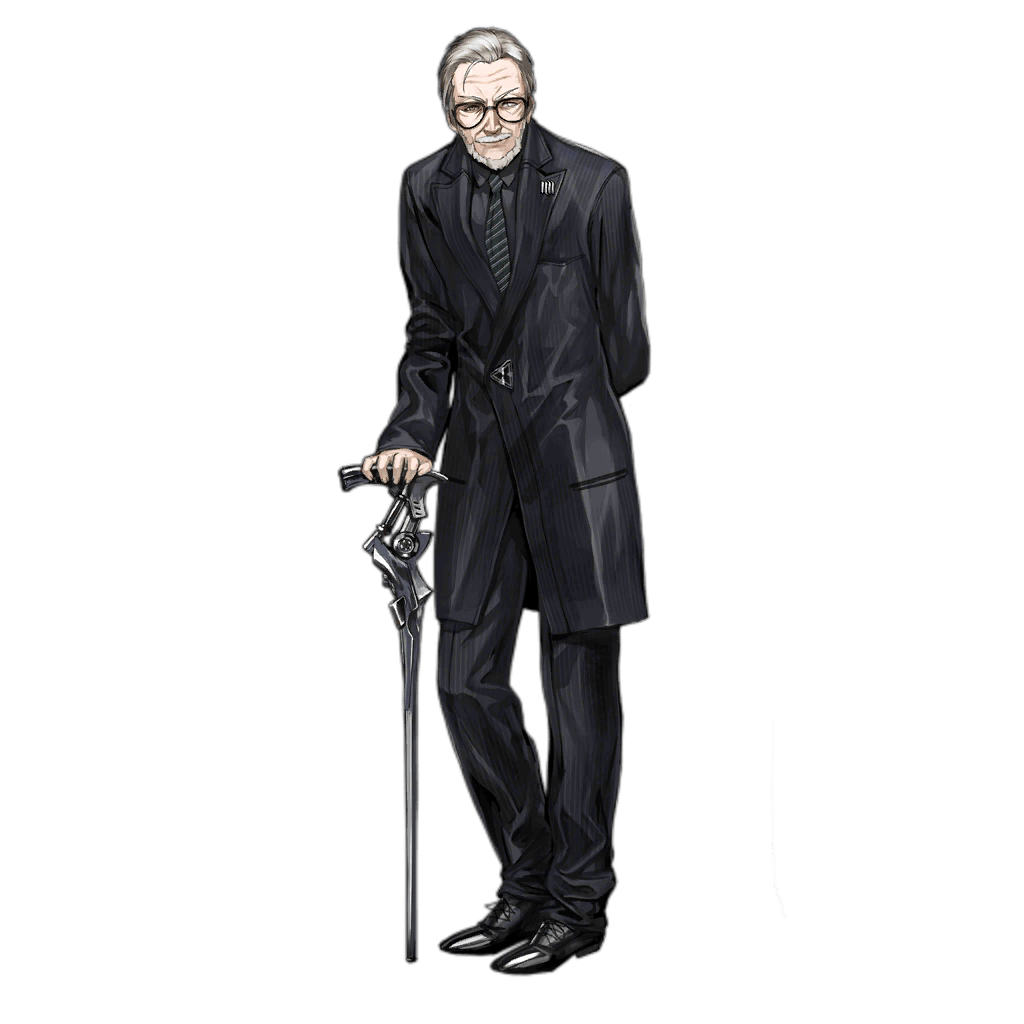
If I think about it, I should have retired to the back lines a long time ago and just live out my old age in peace. What exactly is it that compels me to stay and obsess over this messy situation?
- Havier Witkin
After the Beilan Incident, industry in Siberia and its railways were devastated by Collapse contamination. Tens of thousands of industrial facilities were lost, and the Russian Federation’s economy was crippled. After a brief civil war from 2030 to 2032, a New Soviet government arose with the desired goal of reconstruction to repair their economy. However, the dangerous levels of radiation in the Yellow Zones prevented humans from rebuilding in Siberia. The NSU was forced to search for alternative solutions to repair Siberia and its industries. To increase industrial output and restore the Siberian railway, the government launched a major reconstruction project named the Siberian Lifeline Program.
A new plan was drafted which called for the use of automated machinery to run the facilities non-stop, but the technology to do so had not yet been created. The New Soviet government opened a bid for contractors for the creation of a humanoid industrial robot able to operate continuously within the zones. The winning bid was chosen after six months, with the winner being from the Production and Technology R&D Consortium - 766th Production and Technical Equipment Administration Department. The bid was filed by Havier Witkin, a former Army Electronic Warfare Corpsman, as part of his Universal Labor Robot project. Witkin’s submission involved the creation of a skeletal-frame robot roughly the size of a human with long-lasting battery life.
Havier’s design was named the Auto Labor Robot-51 Common (Testing). While the ALR-51C(T) was just up to par for testing, it excelled in initial deployment time and met all basic requirements for the NSU. The first-generation ALR frame became the precursor to modern Doll robots, featuring a humanoid design with four limbs and twelve joints. The ALR frame could simulate 24 human-like movements and could be mounted with 48 different tool arms and suites. When it came to actual performance in the Yellow Zones, the robots proved to be a definite success for the new “Doll robots”. Thanks to his success, Havier garnered the attention of the Promethean Council because of Mikhail Tsvigun’s recommendation. Havier’s answer to the Lifeline Program proved instrumental for the Prometheans’ greater goals for reconstruction.
The ALR-51C became the first industrial “Doll” available for labor. Further innovations into Doll robotics were delayed for some time due to a lack of demand. Because of the ALR-51C’s efficiency for the Soviets and Chinese, their governments did not need a new generation of Dolls. For them, the robots already were an excellent yet cheap product for the Lifeline Program, and thus there was no need for more advanced Dolls. Doll robot technology continued to be on the downward trend until after the Northern Lights Incident in 2035. After a relic disaster in the Scandinavian Peninsula, Central and Eastern Europe were plunged into disarray. The ALR-51C had already proven itself to be an efficient machine during the Lifeline Program, and this was the chance for them to shine once more.
While the Soviets lacked any reason to withhold the ALR-51C from the Europeans, poor relations between the NSU and the European Union prevented them from sharing the information. Instead, the Soviet International Service for Military-Technical Cooperation held a series of confidential negotiations which resulted in Havier Witkin being put in charge of the next generation of Doll robots. Havier was ordered to Ukraine to found the Important Operations Prototype Manufacturing Company, more commonly known as IOP. By November of 2036, Havier would finish the prototype for the next generation, dubbed the ALR-52P.

The logo of IOP.
Havier’s next generation focused on the mobility and efficiency of the machine. This new ALR was a direct upgrade to the previous generation; featuring four limbs and twelve joints with an additional 24 smaller joints for increased range of motion. It could operate up to 128 different tools and simulate 72 body motions. After completing its development in 2036, the ALR-52P was widely accepted by the Soviet government. The success of the ALR-52P prompted the technology to be revealed on the world stage.
For the world, the ALR-52P became the first industrial Doll robot. Many nations had been struggling with the aftermath of the Northern Lights Incident, and this “new” creation could be their saving grace. Several nations within Central and Eastern Europe immediately ordered them en masse. With the ALR-52P’s overwhelming success, IOP and Havier Witkin flourished for the next several years. IOP in only a few short years had become one of the most prominent industrial manufacturing companies in Eastern Europe.
In 2042, Ukraine had become destabilized due to a severe economic crisis. Both the United Nations and EU stepped in to mediate the situation, but ultimately failed. The state of affairs led to an eruption of violence in the nation which triggered a civil war, causing millions of young workers to flee. To counter the loss of labor, IOP devised an ingenious solution using their ALR-52P robots. Havier Witkin led the project of a service Doll robot based on the 52P frame.
Later in 2043, the first generation of these service Dolls hit the European market. Using the latest CSD skeleton based on the 52Ps frame, these robots resembled adult women. While past IOP Dolls were closer to the traditional idea of a robot, these “Nymphs” were almost human-like. They could simulate 12 common human emotions as well as 128 human movements. Nymphs complied with all demands and lacked negative emotions, which made it easier to avoid issues with clients. Among customers, many of whom were retired, the Nymphs were a success. Around 85% of all customers were satisfied with the Dolls.
Once more Havier met overwhelming success both as an engineer and businessman.
After World War III began in 2045, IOP and Sangvis Ferri fell under the Soviet government. For the first two years of the war, the Ministry of Defense was initially hesitant to deploy Doll robots into the field. However, after a considerable loss of manpower, the MOD requested IOP and SF produce over 10,000 Dolls to strengthen their supply lines. Despite this, the MOD continued to refuse to arm Doll robots for the frontlines.
In 2047, after the US military arrived in Germany, the Wartime Defense Council ordered SF and IOP to begin producing Doll robots for combat. IOP began their work for their first military Doll based on the CSD frame. The company came up with the design of a robot with broad uses in the field and was capable of handling standard weapons used by soldiers. In August, the US military launched an incursion into Berlin, forcing the MOD to deploy the Dolls early. Over 8,000 Dolls were deployed to Berlin, and after the dust had settled, the Soviets managed to end the Americans’ push in East Germany.
While IOP continued to produce hardware for the Soviets, Havier was not solely focused on production. In the late 2040s, Havier learned of the small research group known as 90wish. The group was composed of some of the brightest minds in the world with varied fields of studies. From Doll robot technology, artificial intelligence, biology, to relics, 90wish conducted all of its research in secrecy. Among the group were Lycoris and Persicaria from the Max Planck Computational Institute. Having expressed interest in 90wish’s findings, he contacted the group to forge partnerships with its members. In 2049 or 2050, Havier learned that Lyco and Persica’s lives were being threatened by members of 90wish.
Upon hearing the news, he immediately paid a PMC security detail to escort them out to IOP safehouses. Berezovich Kryuger, a captain in the Soviet army and member of the Ministry of Internal Affairs, was put in charge of this detail. The ensuing rescue mission was successful, and after arriving at the safehouses, the two former 90wish members made contact with Havier. After some discussions, Havier made an offer in hopes of bringing the pair under his wing. With their agreement, positions were created so they could work in private for IOP.
Despite not being a member of the Soviet government, Havier’s position as head of IOP has raised his status to one of the most prominent figures within the New Soviet Union.
Brigadier General Carter Neustadt
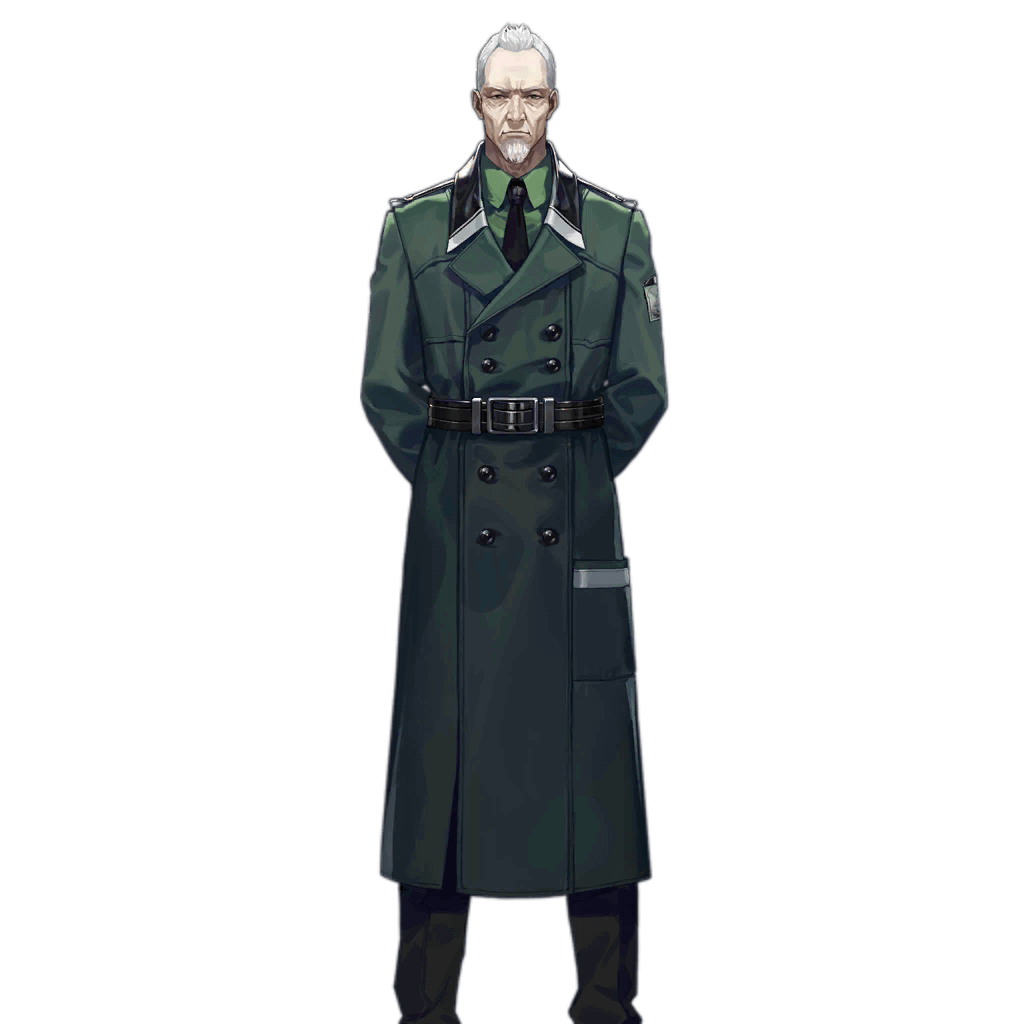
Carter is merely an insignificant cog in the machine. As for the true mastermind behind this plot… Hehehe... I’m sure you’re aware that a nation-transcending alliance is slowly forming. Yet, there always exist certain conservative forces that wish to prevent such monumental inceptions. The victor tends to be the side with the most power.
- Havier Witkin, Chapter 9-2E
Carter Neustadt was first put on the map following Operation Sparkplug in 2032. He led the assault team sent to eliminate the rebels so Havier’s engineers could deactivate the Pike. The abilities and talents he displayed did not go unnoticed. Lieutenant General Mikhail Tsvigun recommended Carter to the Promethean Council for development; however, the Council expressed concern over Carter’s connection to the International Service for Military-Technical Cooperation. This service was connected to the “Tabasar-B incident,” and given the danger relics posed to the world, the Council’s concern was not unsubstantiated.
During World War III, Carter served in the Army, but the specifics have never been stated. Captain Berezovich Kryuger, the future founder of Griffin & Kryuger, served under Carter, but again, the timeframe is unknown. The war came to a sudden end on June 29th, 2051, and it’s been rumored the Rossartrists were tied to its end. While the war itself had ended, the hatred and willingness to fight refused to leave its veterans. Many veterans in the New Soviet Union still insisted on fighting the West. Furthermore, the mere thought of their government siding with their former enemies was nothing short of betrayal. One of the men holding these feelings was none other than KCCO Brigadier General Carter Neustadt.
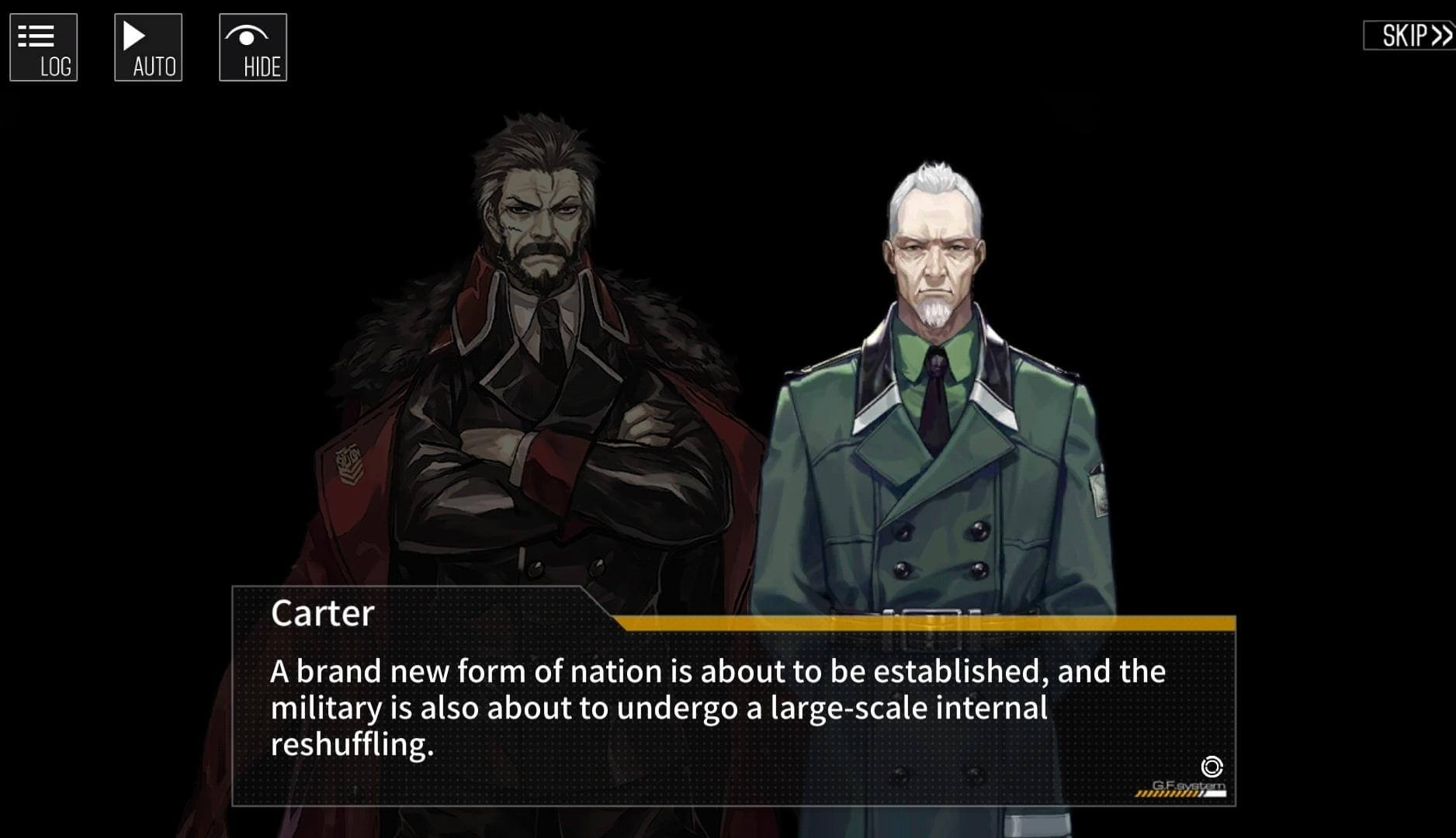
Throughout the 2050s and early 2060s, Rossartrism grew more popular among European nations. In Western Europe, Rossartrism had become the dominant ideology. With support from the Rossartrist movement, the United Nations was reformed in 2062. After its reformation, the UN drafted the “Alliance of the United Nations” plan. This plan at its core is the final step towards the new system Rossartre once proposed: a unified government over all of mankind. While many Western governments embraced the Alliance, the NSU’s government banned Rossartrism within the nation. Despite the ban, many members of the government are sympathetic to the Rossartrists and even secretly support their endeavors. For Carter and his men, this alliance must not come to fruition in order to preserve the New Soviet Union.
While Carter may lead the ultranationalist rebels within the NSU, there exists a mastermind behind his actions.
